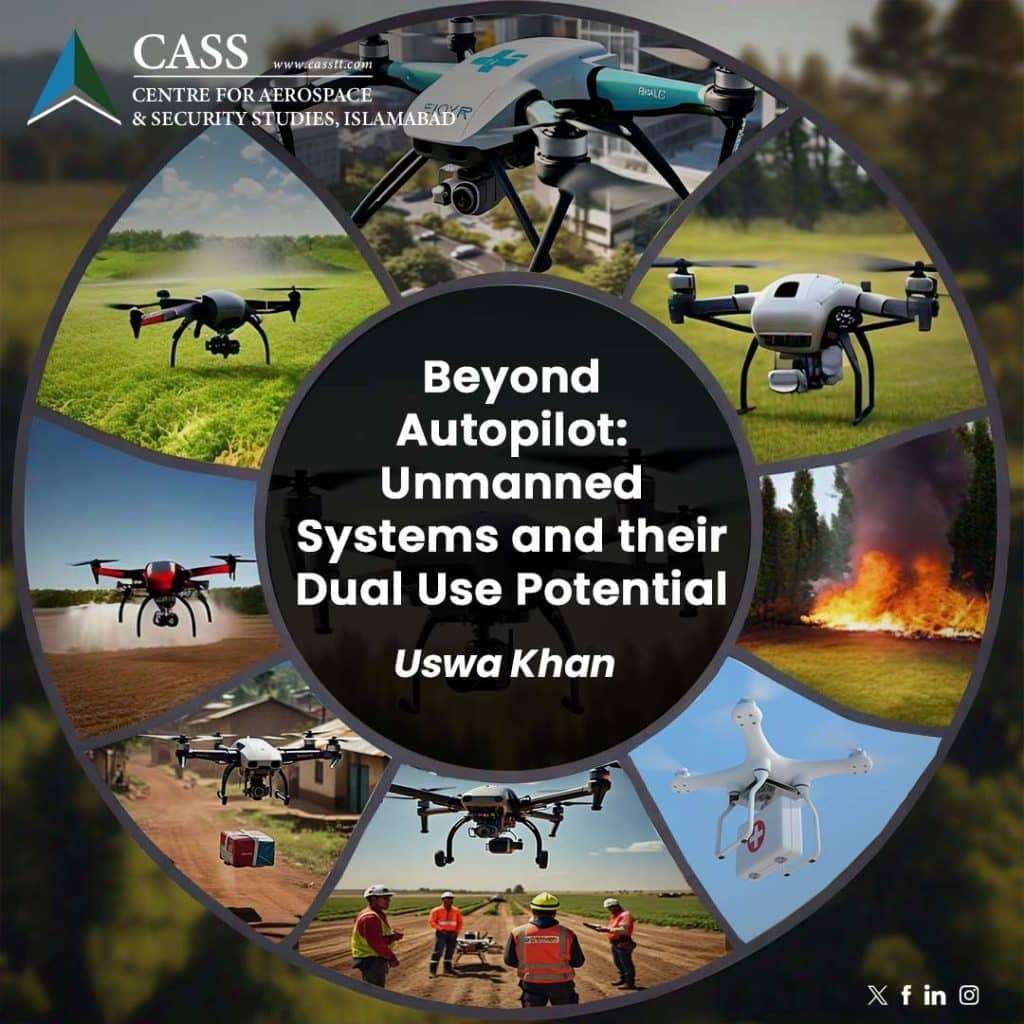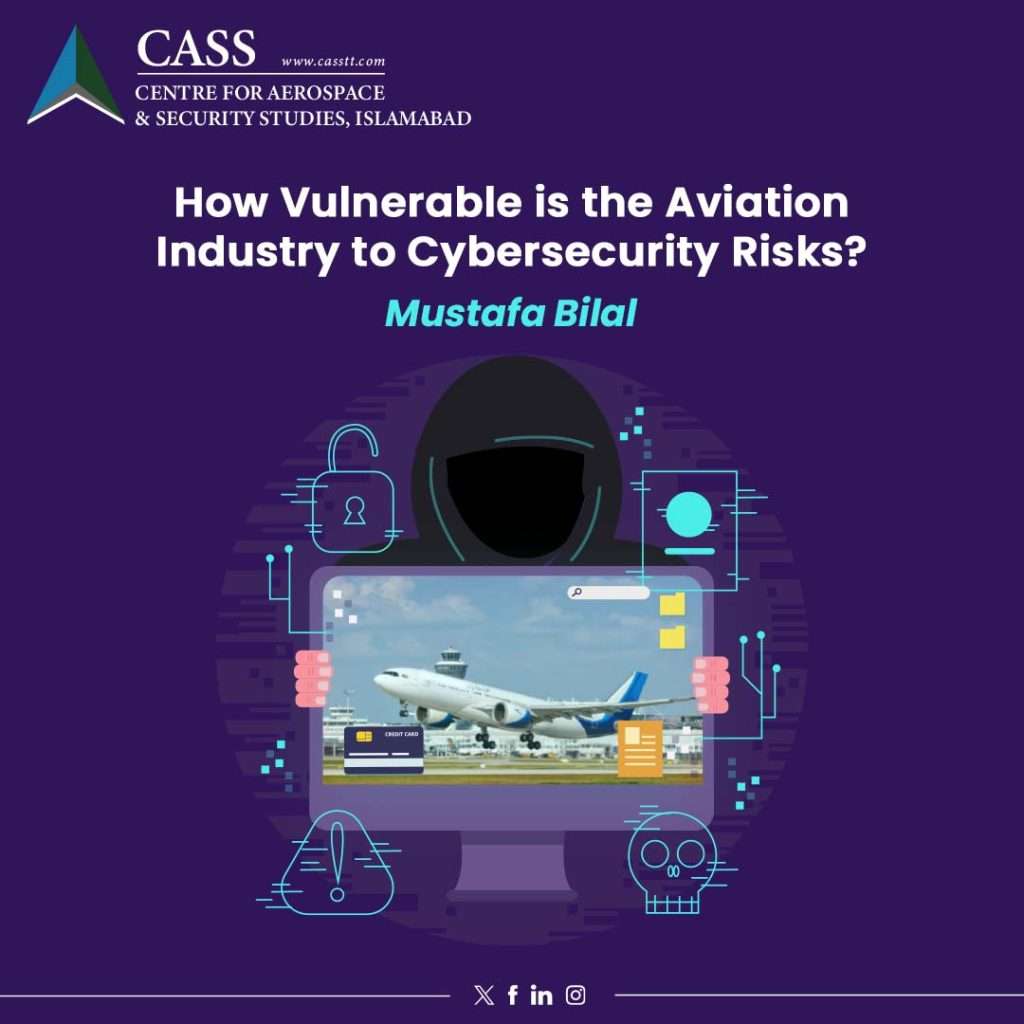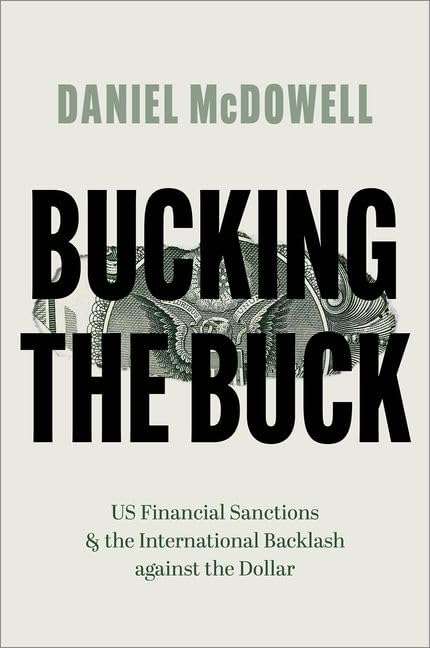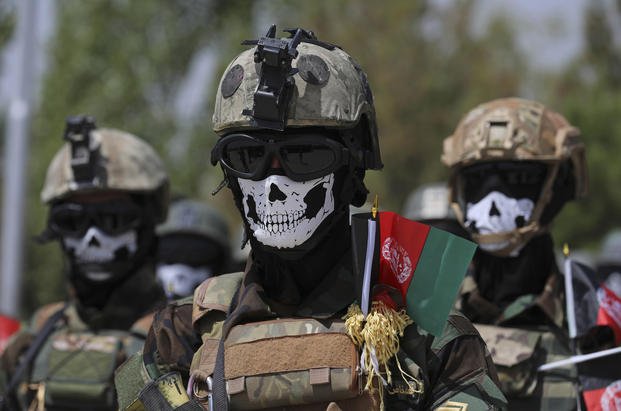The Taliban became the de facto rulers of Afghanistan on 15th August 2021 after the fall of Kabul. Although the fall of Afghanistan did not transpire overnight, the pace at which it occurred and the defeat of the Ghani regime’s security forces surprised the US and the world alike.
Over the last 20 years, the Afghan security forces have received USD 85 billion worth of military equipment from the US. As Afghan forces collapsed, there were serious concerns about what will become of this military equipment which the US reportedly left behind and that the Afghan National Defence and Security Forces (ANDSF) gave up. While the nature of this equipment stirred heated debate, comparatively little was said about the future functioning of Afghan security personnel that the US intelligence and elite military units had trained. According to an assessment, the number of Afghan military personnel was over 350,000. This included Afghanistan’s Army, Air Force, Special Operation Forces and a variety of police branches under the Ministry of Interior.
The uncertainty about the future of these forces presents a grave threat, as does the wrong use of the US military equipment. Overlooking this factor can yield dreadful outcomes for the region. Experts have been warning repeatedly that neglecting the battle-hardened Afghan army can lead to an Iraq-like situation, where the disbanded forces of Saddam Hussein helped in the rise of the Islamic State in Iraq and Syria (ISIS), leading to a disastrous era of violent extremism.
The feeling of abandonment, fears of being on the Taliban’s hit list, economic woes, an unfolding humanitarian crisis, poverty and hunger across the country can naturally coerce these former soldiers to clutch at straws. The dilemma here is that the latter is being extended by the Islamic State-Khorasan (IS-K), the group that shares in the Afghan forces grievances against Taliban. Former Afghan army and intelligence troops have, reportedly, already started to defect to IS-K. According to the Wall Street Journal, major incentives for these ex-soldiers include receiving ‘protection against Taliban as well as significant amount of cash.’ The experience in modern warfare and intelligence-gathering techniques that Afghan soldiers bring with them can strengthen the lethality of IS-K. Moreover, there are also reports that extremists affiliated with ISIS and al-Qaeda started to move to Afghanistan, even before the complete US withdrawal.
This development forecasts a bleak future and lays bare a daunting reality for the Taliban. All the resources spent on anti-terror efforts over the last two decades will be considered squandered if the world does not act now. IS-K’s stronghold in Afghanistan has equally irksome repercussions for the US, Pakistan, China, Iran as well as the Taliban, among other actors. The group has extreme ideological differences with the Taliban. The intensifying power struggle between these two inside the country will be chaotic for the region also, with particular consequences for Pakistan and Iran, owing to the sectarian dynamics in these two states. Furthermore, the group will reportedly also
be able to launch external attacks, including on the US, within six months. Therefore, although quite disconcerting, this development serves as a unique opportunity for the concerned stakeholders to engage so as to prevent Afghanistan from becoming a breeding ground of terror.
To preserve the country against a catastrophic future, to prevent former government employees’ vulnerabilities from getting manipulated, to avoid an Afghan civil war, to avert a worsening humanitarian crisis, to prevent Afghanistan from becoming a terror base yet again, and for the Taliban to avoid a bloody power struggle with IS-K, the most viable option available with the world and the Taliban is to sit together, and talk about ending the instability in Afghanistan.
The Taliban are more answerable for what transpires viz-à-viz the future of IS-K than any other actor. They have declined to work with the US on quelling the IS-K threat in Afghanistan. But they must realise that Afghans simply cannot afford another round of conflict and instability. The budding IS-K threat gets more concerning when coupled with the looming threat of a humanitarian crisis and with the fact that this is set to remain unresolved if the current economic woes continue and the Taliban continue to stay disengaged from the world. Therefore, the new Afghan rulers must seem open to negotiate with the international community on terrorism and make sincere efforts to establish an inclusive government in the country.
Meanwhile, the international community must also play its part to cease the suffering of the Afghan people. The US, IMF, and the World Bank must bargain the release of withheld finances direly needed by the Afghan people rather than the Taliban. This release can be conditioned on the protection of women and minorities’ rights, the formation of an inclusive government, mainstreaming former workers, as well as confronting IS-K, and many others.
But the prerequisite for this is to engage; no matter how unpleasant the fact is, it still remains a fact that both the Taliban and the global community need each other for curbing the new terror threats and for the smooth functioning of Afghanistan as a state. After all, if they could engage with each other for withdrawal of foreign forces, which served the interests of both sides, why can they not do the same for the people of Afghanistan?
Khansa Qureshi is a researcher at Centre for Aerospace & Security Studies (CASS), Islamabad, Pakistan. She can be reached at cass.thinkers@gmail.com.

Beyond Autopilot: Unmanned Systems and their Dual Use Potential
Unmanned systems, driven by rapid technological advancements, have become pivotal not only in the military domain but in civilian arenas also because of their dual nature. So far, most of the available literature looks at the military utility of unmanned systems only. However, this article sheds light on the usefulness of
12 views

How Vulnerable is the Aviation Industry to Cybersecurity Risks?
The aviation industry has embraced widespread digitalisation over the past decade to improve passenger experience and operational efficiency. However, according to the UN’s International Civil Aviation Organisation (ICAO), this advancement has exposed the industry to increasing cyber-attacks. Notably, a major cyber-attack against a global IT supplier in February 2021 underscored
33 views

Daniel McDowell, Bucking the Buck
Daniel McDowell’s book Bucking the Buck: US Financial Sanctions and the International Backlash against the Dollar is a notable addition to the literature on the de-dollarisation trend and its underlying motives. In it, McDowell critically analyses the influence of the overuse of economic sanctions by the United States (US)
44 views

© 2022 CASSTT ALL RIGHTS RESERVED
Developed By Team CASSTT
Contact CASS
CASS (Centre for Aerospace & Security Studies), Old Airport Road, Islamabad
+92 51 5405011
cass.thinkers@casstt.com
career@casstt.com
All views and opinions expressed or implied are those of the authors/speakers/internal and external scholars and should not be construed as carrying the official sanction of CASS.
